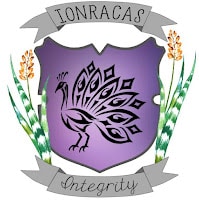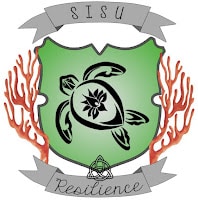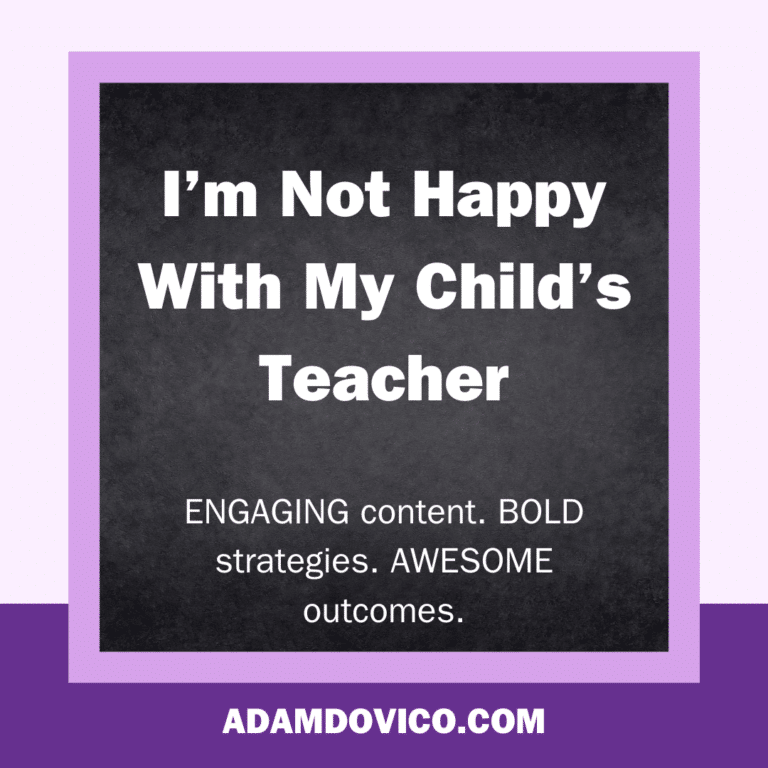The Houses at Moore
One of the most frequent questions I get is how we did our “House System” at Moore Magnet Elementary. Instead of explaining over and over, this blog will give a detailed overview. Context is important, though, so let’s start there.
What is a House System?
Houses are a way to build family within a family. The concept originated, of course, from Harry Potter, and includes students/staff members in different groups/teams who compete for some type of prize or recognition.
Why is it popular?
By having students/staff in Houses, everyone is included. There’s no tryouts or qualifications. People like to feel included, and this system allows individuals to feel a part of something. It is competitive, but in a positive nature; it gives people something to get behind and cheer for.
How did this get so popular?
As previously mentioned, this all began with Harry Potter, but the Ron Clark Academy perfected this system. And as an educator training facility, with over 8,000 educators visiting the school a year, it’s been witnessed by tens of thousands of educators and one of the more popular things taken back from the school.
Why should you listen to me about this?
Having worked at the Ron Clark Academy, and having helped many schools begin and refine their House System (while in the Implementation Specialist role for the Ron Clark Academy), I have seen this system change the cultural landscapes of schools. I know how it works in small and large schools; elementary, middle, and high schools; urban and rural settings; and public and private schools. I consider myself multi-lingual. I know how the system was effective at the Ron Clark Academy, but I also know how to translate it to other settings.
So with all of this experience and knowledge of the House System, would you believe me if I told you I did NOTHING at my school to put it together? Well, sort of. I’ll explain.
I knew from the second I got my principal job at Moore Magnet Elementary that I wanted to have Houses at my school. I recognized at the same time that if I came in day one and told my staff that we’re going to have this thing called Houses, I would get many blank stares and perhaps push back. I have seen Houses come and go like the wind at other schools because there was no context or buy-in from staff.
To rectify this, I put out a call to my staff to visit the Ron Clark Academy last October. The caveat of attending this professional development, however, was that upon their return they would become the “House Committee,” tasked with creating, rolling-out, and maintaining the system.
The team of seven attended the PD in October, and spent the following month and a half planning out the details of the Houses at Moore. In December, the Houses were rolled-out to the staff. It included each staff member receiving a document answering all of the questions that people would have: What are Houses? Why are we doing this? What will it look like? How do you give points? It also premiered the names, colors, symbols, and crests of our five Houses (Agatohvsdi, Ionracas, Quantum, Huruma, and Sisu). One of my 2nd grade teachers and art teacher also collaborated to create the crests:
In preparation for the roll-out to the staff, the House Committee blew up black balloons and had the name of each staff member (teacher, assistant, cafeteria worker, custodian, administrator, etc.) on them. Everyone received their balloon and popped it at the same time. Inside the balloon was a piece of paper in one of five House colors to welcome them to their House. The Committee was strategic about dividing up staff so most grade levels, administration, and support staff had at least one person from each House represented.
Over the next month, the teachers began talking about Houses. They started drawing their House name in their classrooms, wearing House colors, and getting competitive. The idea behind it was to get the kids excited about what was about to come for them!
How did we decide what House students were in? Good question. Luckily, we had an existing system in our school that allowed us to make it fairly easy to figure out what House students would be in. For decades, our kindergarten classes at my school were designated by colors (blue, purple, yellow, red, and green). So students would be proud to say they were in the “purple kindergarten room,” even as 5th graders. Instead of reinventing the wheel, the House Committee decided that any student who had been at our school since kindergarten would be a member of the House that matched the color of their kindergarten room. Students who had not been with us since kindergarten would spin an online wheel that we created to determine their House. In the end, the student and teacher numbers were fairly even.
On the last day of school before winter break, we gave each student an invitation for January 3, 2018, our first day back to school. The invitation was in the student’s House color, to add that first hint of House pride. We welcomed the students back on January 3rd with a House Party, which includes music, strobe lights, dancing, and a complete failed balloon drop! We tried rigging up a balloon drop with plastic sheets across the gym. When we went to drop the balloons, they all fell in one spot and the kids jumped on top of one another to get them. It was like a mosh pit. #Fail
Outside of that, though, it was a great kick-off! I introduced the Houses to the students, then we broke into Houses and met for the first time. We explained to the students that they would be trying to earn points by showing good behavior, working hard, being kind, etc. We kept all of our points in Class Dojo. We had a master page that every adult in the building had access to. The five Houses were there and you could add points as appropriate. Many teachers also had an individual class Dojo page, and would track overall points during the week there (so it communicated with parents), and then transfer them at the end of the week to the school Dojo page. I did allow teachers to do negative points in their individual class Dojo page, but once they were transferred to the school Dojo page, they were only positive.
My teachers also discovered an option on Class Dojo where you can add your own graphic for each student, so many put the House crest as the student’s picture. You can also group kids within a class, so many teachers created House groups within their class, which made it much easier come the end of the week to know how many points for each House to transfer to the school Dojo page.
Hundreds of points were added each week, and at our weekly Friday Rally, each staff House leader would announce the student they wanted to represent their House and spin the wheel for extra points. A couple of clarifying terms:
House Leader: Each House has two staff House leaders. One was a member of the House Committee, the other was not. This gave a balance of perspective when making decisions. We also had each House select 4th and 5th grade House leaders. Their role wasn’t as clearly defined as we wanted it to early on, but it may transition into a student government type feel moving forward.
House Wheel: One of my teacher’s husband was kind enough to make us a House Wheel, which serves as a weekly game to earn extra points for their House. My art teacher designed the pieces of the wheel. Click here to see a picture of our weekly wheel spins.
We also met once a month as a House during our usual Friday Rally time to do team builders, develop chants/cheers, and build House pride. The House Committee was typically in charge of creating and distributing the agendas for these meetings.
At the end of the year, we named our House Champion (the green House, Sisu). The staff members of Sisu were in charge of creating a House celebration. On that day, we had the other four Houses line the hallways of the school and cheer and congratulate Sisu on their victory. From there, Sisu enjoyed a championship party, which included duct taping me to the wall!
What’s next?
This coming year will continue the foundation of the Houses that we began, but we will also introduce new initiatives and ideas to make the Houses even stronger, like more House competitions and community service. The PTA will be selling House shirts this year. Many students began making their own House shirts, so we are excited about the potential this has as a fundraiser for PTA! We are also going to do direct donation this year for our PTA fundraising, and we will be matching each dollar with a House point!
We will be fixing a few issues we had with points and adjusting to not having each House represented on each grade level (since teachers have moved grades but remain in their House).
The greatest (and hardest) thing for me in this entire process is stepping back and letting the committee make the decisions. I believe the success of this program has been the people making the calls. My teachers know our school best, and I trust them to make student-centered decisions.
The bottom-line with making the House System work in your school, is “make it work for your school.” You do not need to copy everything you see at the Ron Clark Academy or what I did at Moore. If your school doesn’t buy in, make it work for your classroom. I am blessed to have experienced this fantastic system while working for the Ron Clark Academy, and want to pay it forward now by hopefully inspiring other schools to build a positive school culture by developing your own Houses!
If you are looking for other school culture ideas, check out Abe Hege and my book, The Limitless School, available on Amazon.













